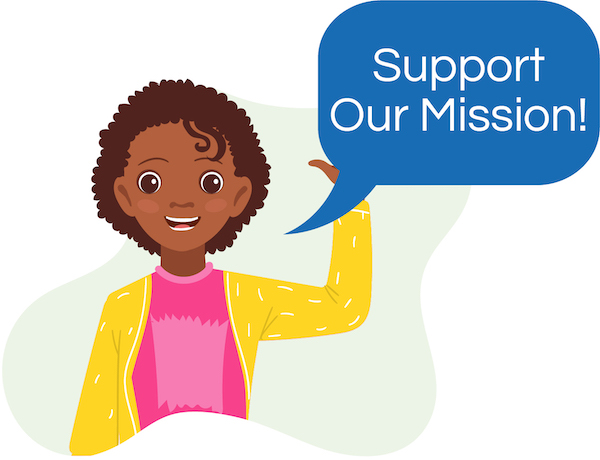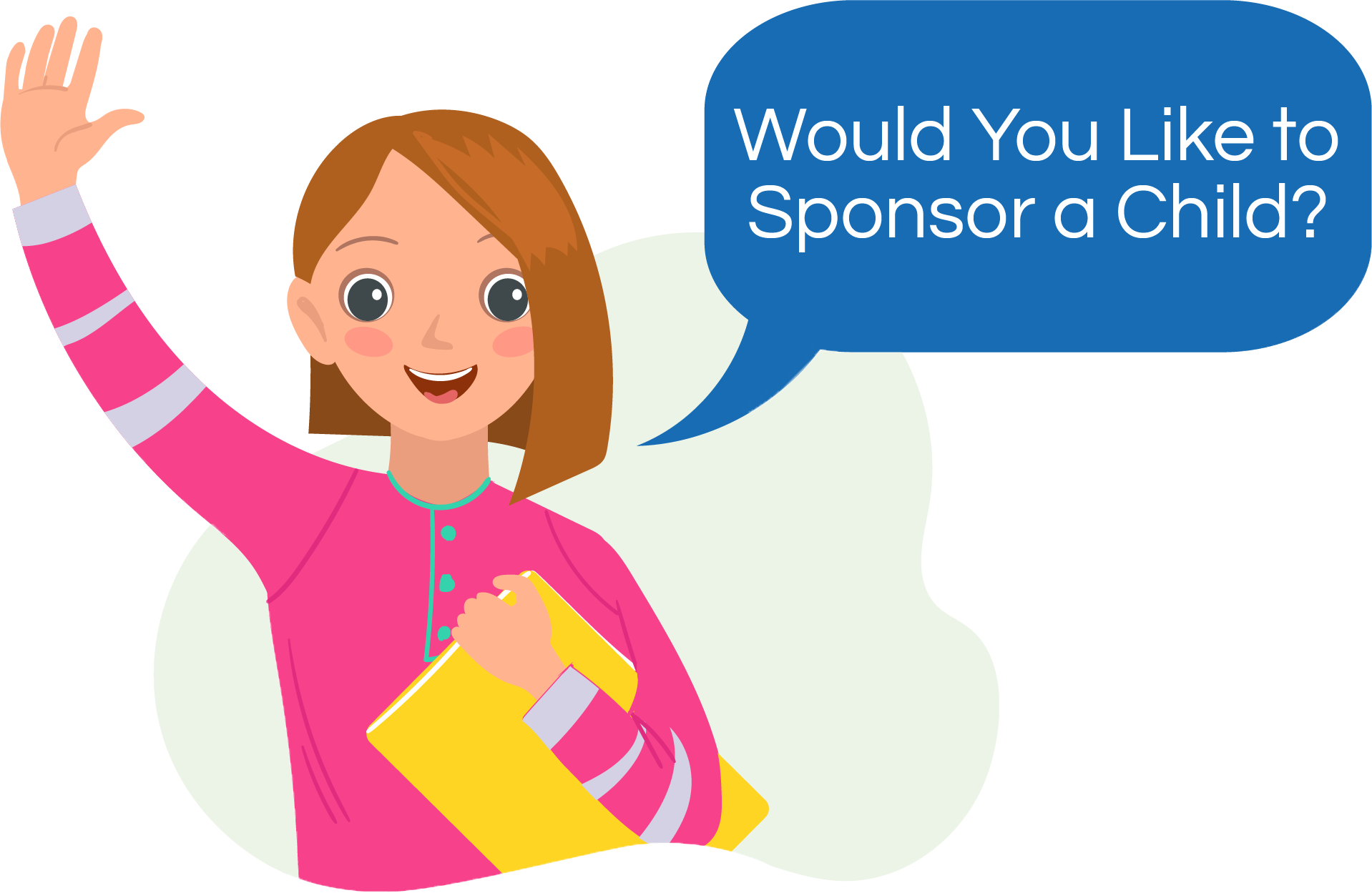By Vivian Logan
According to Autism & Developmental Disabilities Monitoring (ADDM) reports more white children are identified with autism spectrum disorder (ASD) than black or Hispanic childreni. In fact, the number of children ages 3-17 yrs. diagnosed with a developmental disability has increased from 16.2% in 2009 – 2011 to 17.8% in 2015 – 2017. Further, Autism is the fastest growing disability in Americaii. However, in America, the COVID-19 pandemic, poverty, inadequate health care, limited access to healthcare, housing and air pollution levels has disproportionately impacted communities of coloriii. Does this mean that less children of color are being identified with ASD, or that socioeconomic or other barriers are factors delaying access to evaluation, diagnosis, and services. Throughout the ADDM Network, Black and Hispanic children continued to be less likely to be identified with ASD compared to white children.
ADDM reports – 1.1x more white children vs black children will be identified with autism; 1.2x more white vs Hispanic children will be identified; and 1.1x more likely black vs Hispanic children will be identified with ASD. Although a higher number of white children have been identified with ASD compared to children of color, these differences were smaller when compared with estimates from previous years. These reduced differences may be due to more effective outreach directed toward communities of color, and increased efforts to have children screened for ASD.
Autism Spectrum Disorders are surprisingly common in the US with millions of children/adults battling this disorder. Doctors can diagnose children as young as 18 months, and with the appropriate interventions and treatment programs it is possible for children to achieve typical development same as their peers. Once your child has received a DD or ASD diagnosis – what next? As a person of color, I recommend let’s get away from worrying about your child being “labeled” – those days are over (that is a different conversation). So, what is next??? Let us help you figure that out.
Buffalo Hearing & Speech Center is located on the Buffalo Niagara Medical Campus, Buffalo Hearing and Speech Center (BHSC) will celebrate 70 years of service in 2023. BHSC employs over 300 hundred staff members and serves clients in five counties of WNY. We are the largest, independent, community-based center for communication disorders and Early Childhood Education in the US. BHSC provides an array of services for clients from birth – elder years in a variety of programs and settings. Our clinic provides the following services
Preschool Education and Early Intervention, Audiology Services, and Speech–Language Pathology. Our special program services include Language to Literacy Programs (ages 6 – 16 yrs.) Leap into Literacy (ages 3 -5 yrs.) and Social Communication Program (ages 5 – 18yrs).
If you have questions and/or would like additional information, please do not hesitate to call BHSC at 716-883-8318.




